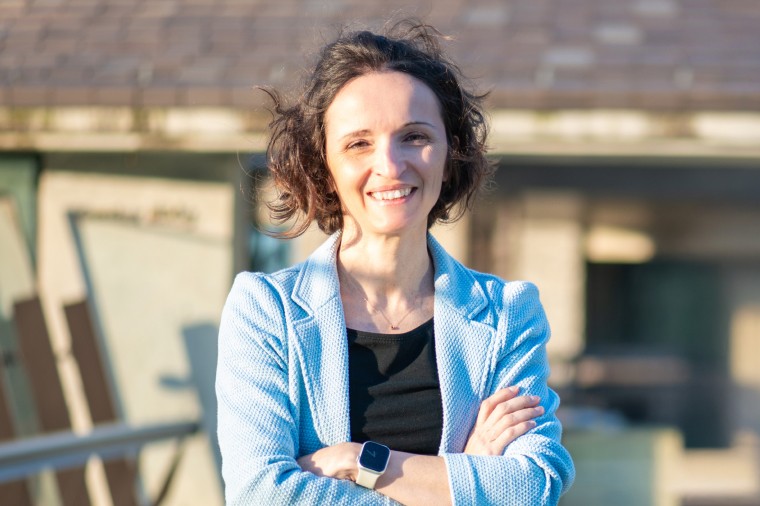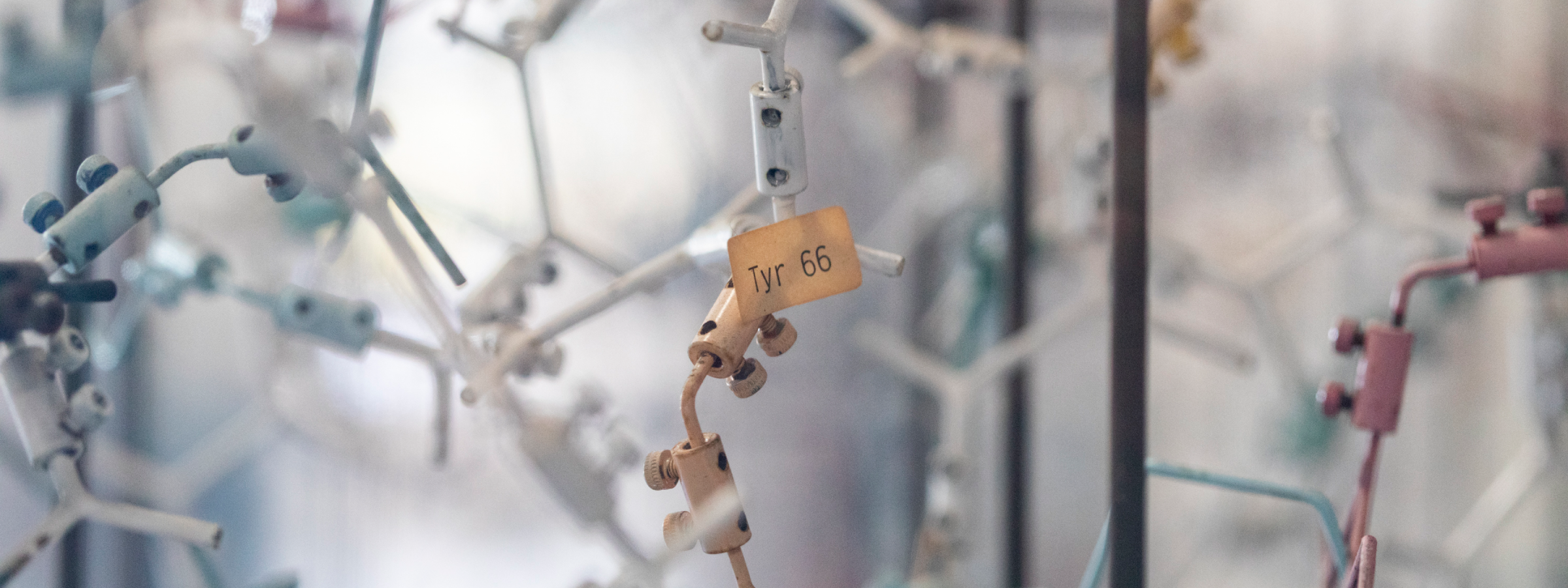Researcher
Paola Laurino Visiting Professor
- Laboratory:
- Laboratory for Protein Design (Koga Lab)
- Research Interests:
- Studying the emergence and evolution of protein functions, focusing on enzymes

Overview
My research group investigates how functions emerge and evolve in proteins, particularly enzymes. We examine the structural, biophysical, genetic, and biochemical aspects of protein evolution, using case studies that span from the origins of the earliest enzymes over 3.7 billion years ago to the rapidly emerging new protein functions. Our research aims to unravel complex biological processes and create innovative tools for science and technology.
Q&A

What are the unique aspects or strengths of your research?
Our research investigates how protein functions emerge and evolve, combining structural, biophysical, genetic, and biochemical approaches to study enzymes from ancient origins to modern innovations.
How do you think the results of your research will benefit society or industry?
By unraveling protein evolution and creating novel tools, our work has the potential to advance biotechnology, medicine, agriculture, and sustainable industrial processes.
How is data science utilized in your research?
Data science is used to predict protein structures, analyze evolutionary pathways, and model protein dynamics, enhancing our understanding of protein function and design.
Please share examples of collaborative research or the potential for future collaborations.
Our research offers opportunities for collaboration with biotech companies, academic labs, and synthetic biology experts to apply findings in real-world applications.
What are the prospects and goals for your research?
Our research aims to uncover the principles of protein evolution, design innovative enzymes, and develop tools that drive scientific and technological progress.
Selected papers
- B. E. Clifton*, U. Alcolombri, G.-I. Uechi, C. Jackson and P. Laurino*, The ultra-high affinity transport proteins of ubiquitous marine bacteria, Nature, 634, 721-728 (2024).
https://doi.org/10.1038/s41586-024-07924-w - W. Jasinska†, M. Dindo†, S. M. Correa, A. W. R. Serohijos, P. Laurino*, Y. Brotman* and S. Bershtein*, Non-consecutive enzyme interactions within TCA cycle supramolecular assembly regulate carbon-nitrogen metabolism, Nature Communications, 15, 5285 (2024).
https://doi.org/10.1038/s41467-024-47588-8 - M. Dindo†, A. Bevilacqua†, G. Soligo, V. Calabrese, A. Monti, Q. A. Shen, M. Rosti and P. Laurino*, Chemotactic interactions drive migration of membraneless active droplets, Journal of the American Chemical Society, 146(23), 15965-15976 (2024).
https://doi.org/10.1021/jacs.4c02823 - D. Kozome, A. Sljoka and P. Laurino*, Remote loop evolution reveals a complex biological function for chitinase enzymes beyond the active site, Nature Communications, 15, 3227 (2024).
https://doi.org/10.1038/s41467-024-47588-8 - S. Toledo-Patino, S. Pascarelli, G. Uechi and P. Laurino*, Insertions and deletions mediated functional divergence of Rossmann fold enzymes, PNAS, 119(48), e2207965119 (2022).
https://doi.org/10.1073/pnas.2207965119 - M. H. Gade, L. Lynn Tan, A. M. Damry, M. Sandhu, J. S. Brock, A. Delanay, A. Villar-Briones, C. J. Jackson* and P. Laurino*, Substrate dynamics contributes to enzymatic specificity in Human and bacterial methionine adenosyltransferases, Journal of the American Chemical Society Au, 1(12), 2349-2360 (2021).
https://doi.org/10.1021/jacsau.1c00464 - B. E. Clifton, M. A. Fariz, G. Uechi and P. Laurino*, Evolutionary repair reveals an unexpected role of the tRNA modification m¹G37 in aminoacylation, Nucleic Acids Res., 49(21), 12467-12485 (2021).
https://doi.org/10.1093/nar/gkab1067 - A. Testa†, M. Dindo†, A. Rebane, B. Nasouri, R. Style, R. Golestanian, E. Dufresne* and P. Laurino*, Sustained enzymatic activity and flow in crowded protein droplets, Nature Communications, 12, 6293 (2021).
https://doi.org/10.1038/s41467-021-26532-0
